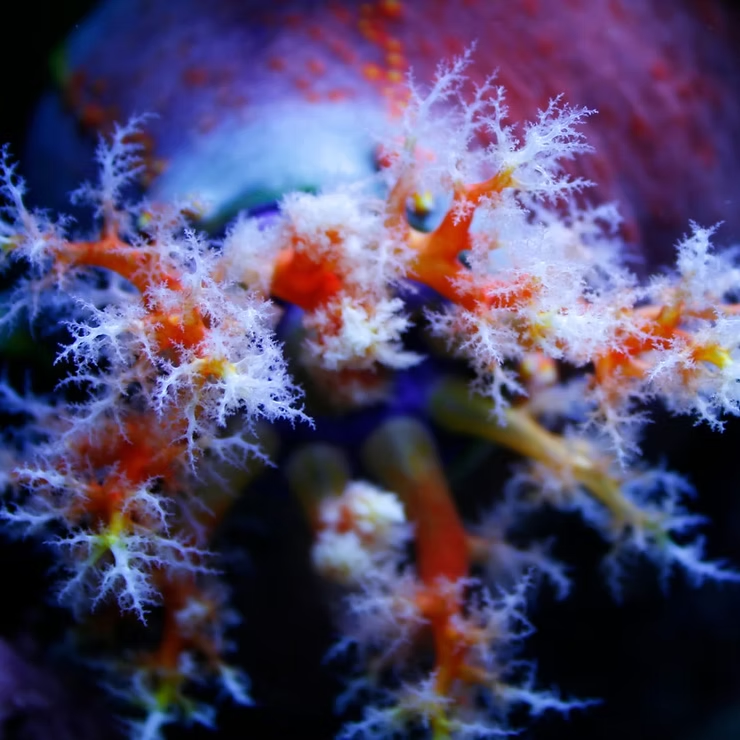The Architects of the Ocean
Marine animals are more than inhabitants of the sea—they are architects of thriving ecosystems. From coral polyps building reefs to whales nourishing nutrient cycles, these creatures shape environments that support countless forms of life. Their survival and well-being directly influence the stability of the planet’s oceans and, in turn, our own future.
Innovations in Aquaculture
Aquaculture has evolved into a powerful tool for sustainability. Advances such as eco-friendly feed, natural antibiotic alternatives, and waste-to-resource systems reduce environmental footprints while ensuring food security. By adopting smarter farming methods, aquaculture lessens pressure on wild fish populations and contributes to healthier marine habitats.
Artificial Reefs as Marine Havens
Artificial reefs replicate the complexity of natural structures, providing shelter, food, and breeding grounds. When planned carefully, they:
- Boost biodiversity by attracting fish and coral colonies
- Support fisheries by expanding marine habitats
- Protect shorelines by dissipating wave energy
- Encourage sustainable tourism through diving and snorkeling experiences
These reefs are testaments to human ingenuity, working in harmony with nature to restore balance.
Coral Restoration Efforts
Coral reefs are biodiversity hotspots and vital economic assets. Restoration strategies such as microfragmentation and larval settlement have shown promising results, with measurable increases in coral cover across impacted areas. These initiatives prove that science-driven action can reverse damage, safeguard economies, and preserve underwater cities for generations to come.
Challenges of Ocean Mining
While ocean mining promises access to valuable minerals, it poses severe risks to marine ecosystems. Noise disrupts animal communication, sediment plumes suffocate reefs, and habitat destruction threatens biodiversity. Awareness campaigns and conservation projects emphasize the urgency of balancing resource needs with environmental protection.
Addressing Invasive Species
Invasive species destabilize ecosystems by outcompeting native life and altering food webs. Solutions include:
- Strengthening legislation and enforcement
- Developing community-driven monitoring systems
- Applying science and innovation for targeted removal
Through collaboration, communities and scientists can limit damage and restore ecological balance.
Protecting Endangered Marine Life
Many iconic species, from vaquitas to sea turtles, face mounting threats. Conservation success stories demonstrate the power of legislation, partnerships, and innovation. By protecting habitats, enforcing sustainable fisheries, and investing in marine protected areas (MPAs), we secure a future where endangered species can recover and thrive.
Biodiversity as the Ocean’s Lifeline
Biodiversity ensures resilience against environmental stress. Every organism—from plankton to whales—plays a role in sustaining ocean health. Conservation strategies built on collaboration, sound policy, and scientific innovation are essential to protect this living network and preserve the balance of marine ecosystems.
The Rise of Sustainable Ecotourism
Eco-conscious travel has become a force for conservation. Sustainable tourism practices support local economies, raise awareness, and fund marine protection initiatives. By respecting habitats, minimizing waste, and promoting cultural integrity, ecotourism ensures that human exploration enriches rather than harms the ocean.
Technology and Marine Research
Artificial intelligence and machine learning are revolutionizing ocean science. By analyzing vast datasets, AI reveals migration patterns, predicts ecological changes, and identifies species previously hidden from human observation. Combined with drones and 3D imaging, technology is unlocking the secrets of marine life and empowering conservation strategies.
Celebrating Marine Conservation Successes
Across the globe, restored mangrove forests, recovering seagrass meadows, and revitalized fisheries showcase nature’s resilience. These victories reflect the dedication of communities, scientists, and policymakers working in unison. They remind us that with persistence, ecosystems can recover, biodiversity can flourish, and oceans can once again teem with life.
Conclusion
Marine creatures are not passive residents but active engineers of ocean health. Their presence, adaptations, and interactions sustain life beneath the waves and beyond. While challenges such as invasive species and resource exploitation persist, innovative science, sustainable practices, and collective action point toward a future of resilience and recovery. Protecting marine life is protecting our planet—and our shared future.

